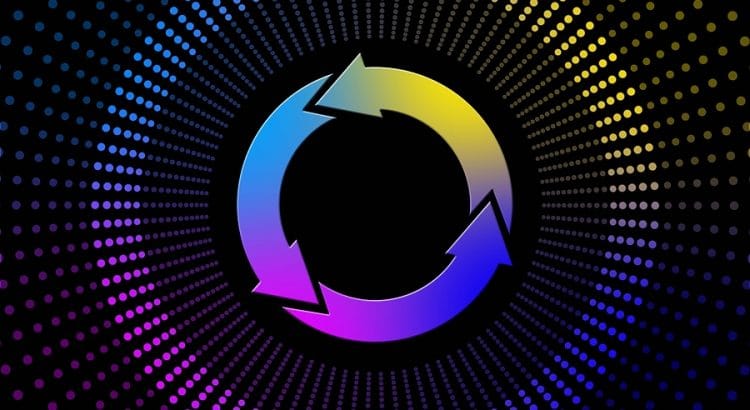The FCC’s C-Band Auction closed in January, but the full results weren’t released until earlier today. Here’s how I described the auction in a previous post:
The C-Band Auction had fifty-seven qualified bidders. Twenty-one of the bidders won at least one spectrum license. Here’s a breakdown of the winners (note that Cellco Partnership is Verizon and Little Bear Wireless is Dish):
| Bidder | Gross Winning Bids | Licenses Won |
|---|---|---|
| Cellco Partnership | $45,454,843,197 | 3,511 |
| AT&T Spectrum Frontiers LLC | $23,406,860,839 | 1,621 |
| T-Mobile License LLC | $9,336,125,147 | 142 |
| United States Cellular Corporation | $1,282,641,542 | 254 |
| NewLevel II, L.P. | $1,277,395,688 | 10 |
| Canopy Spectrum, LLC | $197,021,760 | 84 |
| Widespread Wireless, LLC | $64,606,668 | 14 |
| Cellular South Licenses, LLC | $49,850,284 | 8 |
| Pioneer Telephone Cooperative, Inc. | $23,652,000 | 4 |
| Carolina West Wireless, Inc. | $18,565,480 | 7 |
| Nex-Tech Wireless, L.L.C. | $12,164,043 | 5 |
| East Kentucky Network, LLC | $8,675,753 | 1 |
| Horry Telephone Cooperative, Inc. | $7,638,336 | 3 |
| Smith Bagley, Inc. | $6,635,510 | 4 |
| Nsight Spectrum, LLC | $5,424,123 | 3 |
| Agri-Valley Communications, Inc. | $4,915,460 | 2 |
| LICT Wireless Broadband Company, LLC | $4,267,485 | 5 |
| Union Telephone Company | $3,123,600 | 2 |
| Little Bear Wireless L.L.C. | $2,510,020 | 1 |
| Grand River Communications, Inc. | $1,590,200 | 2 |
| Granite Wireless LLC | $170,510 | 1 |
Verizon spent a bit more than some analysts expected. Interestingly, Dish barely spent anything. While Comcast and Charter registered to participate jointly as C&C Wireless Holding Company, they did not win any licenses.
The full results can be explored in the FCC’s Public Reporting System.







